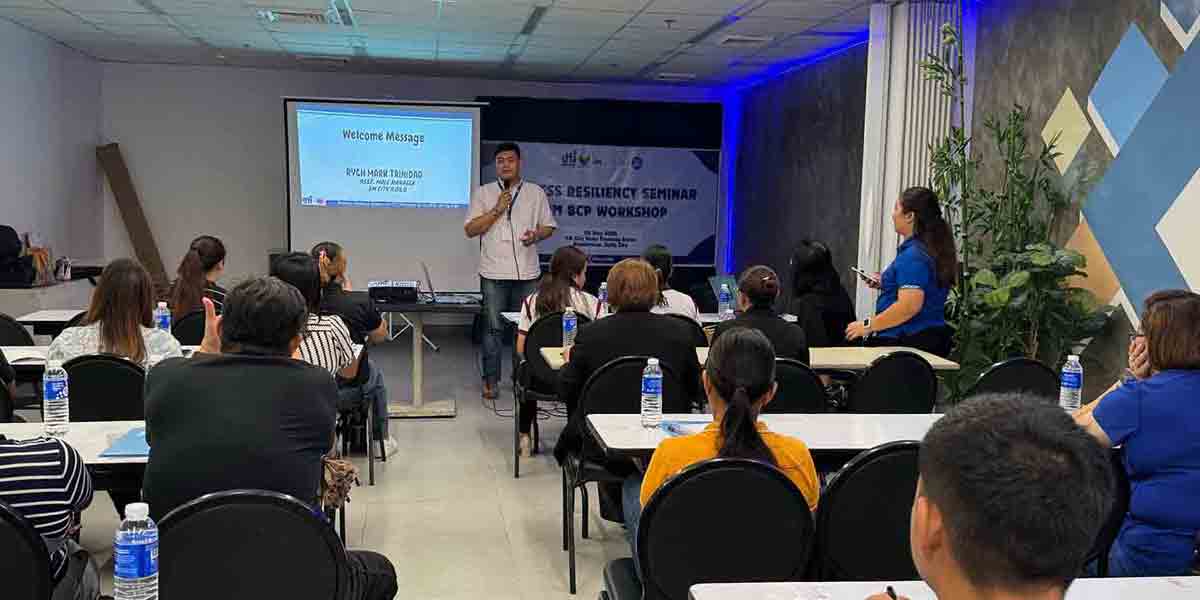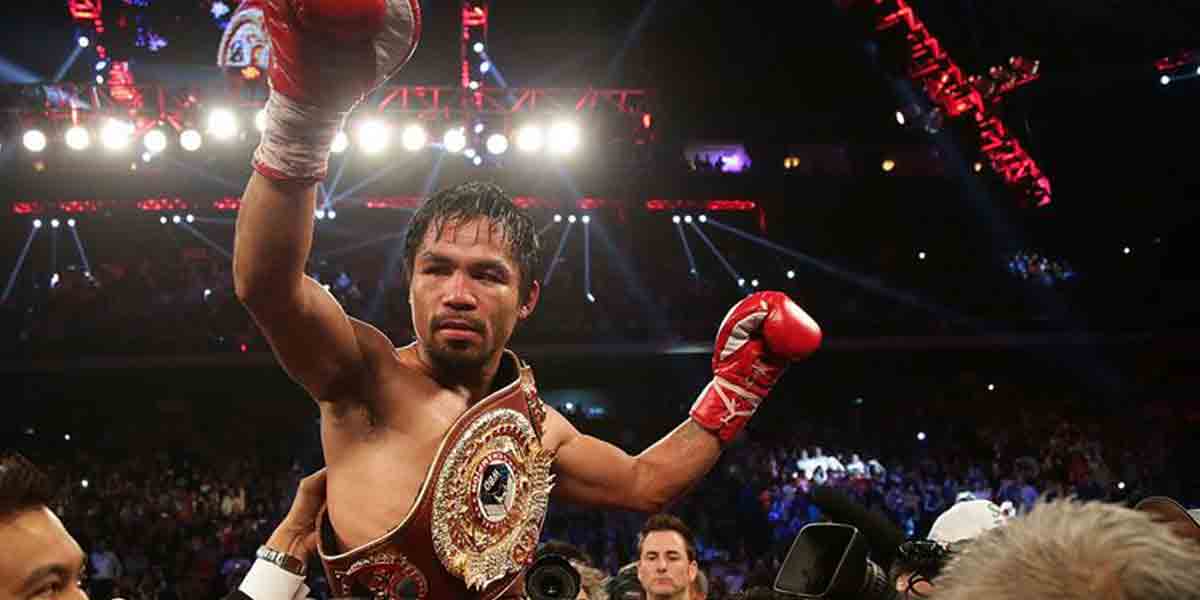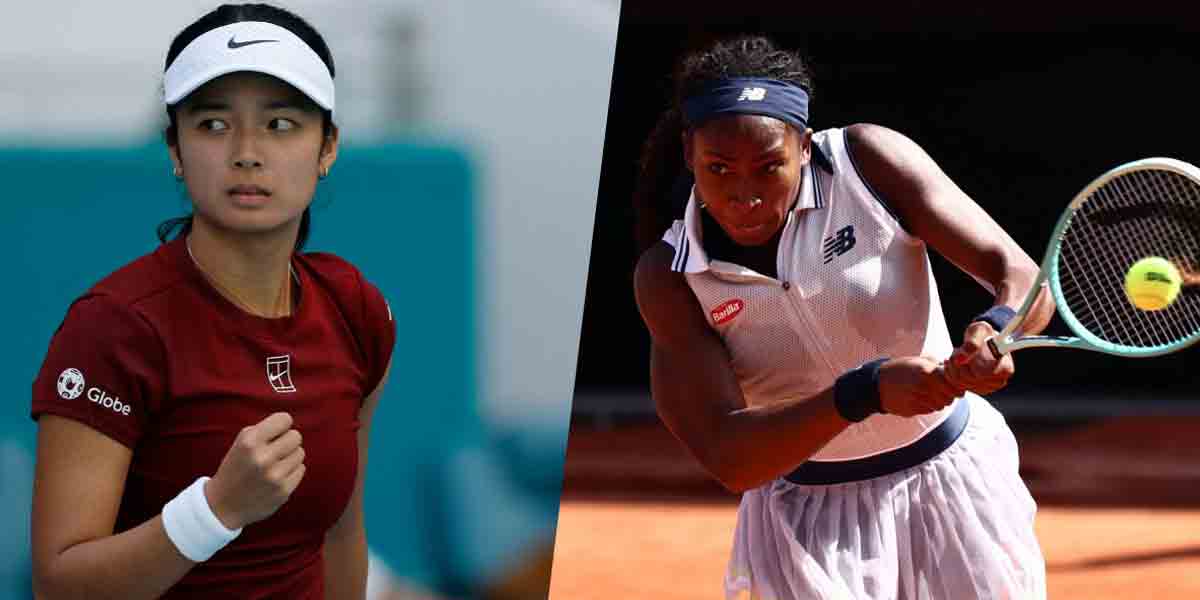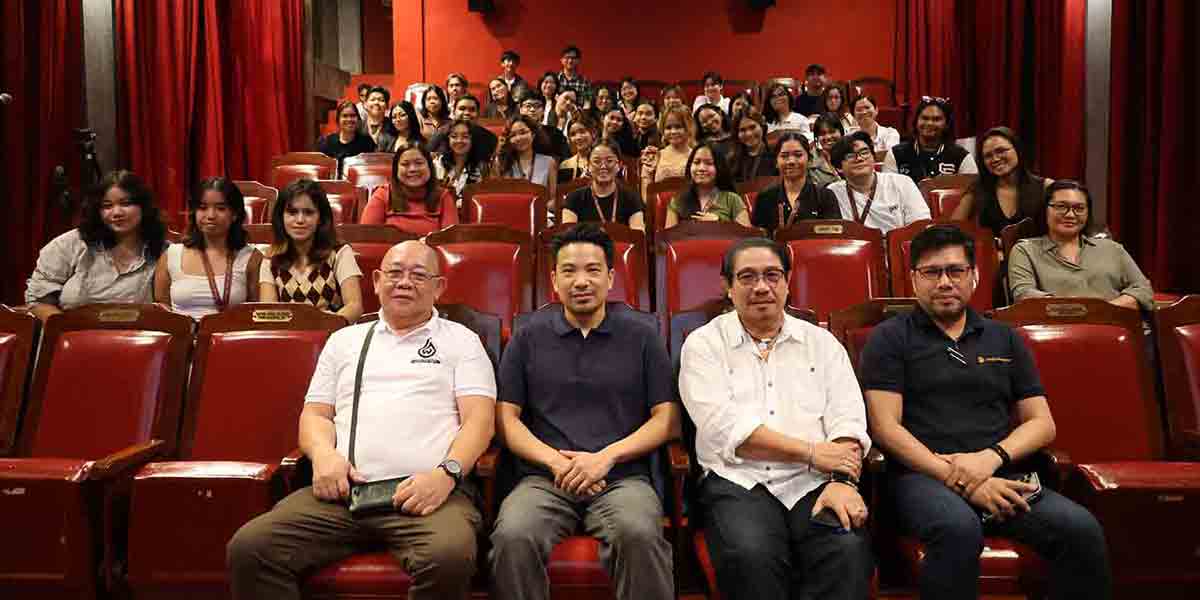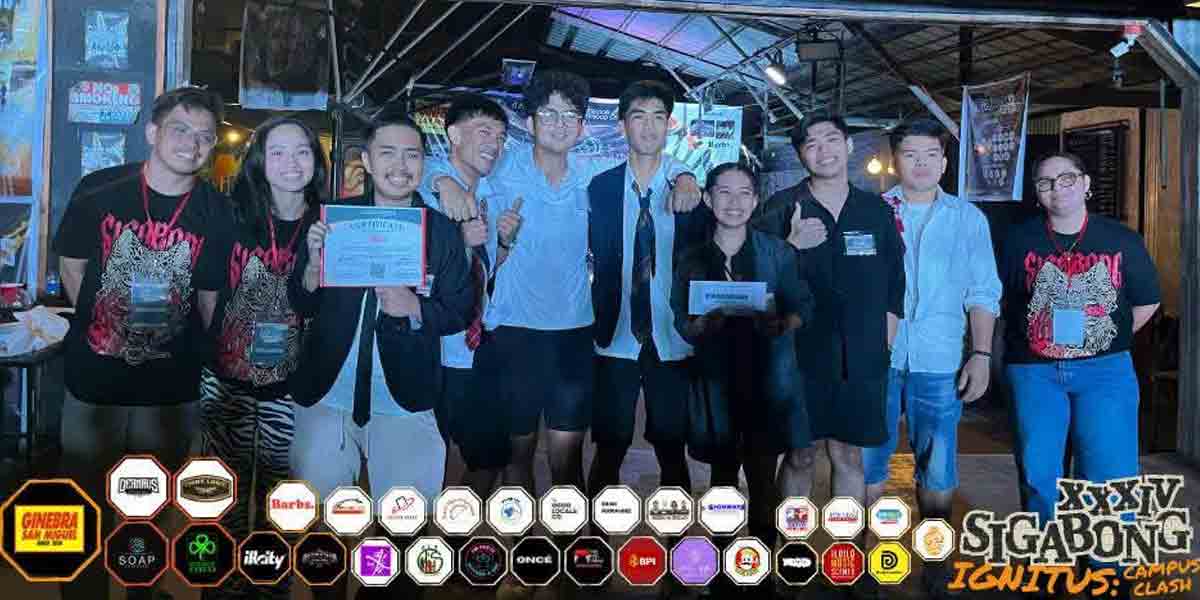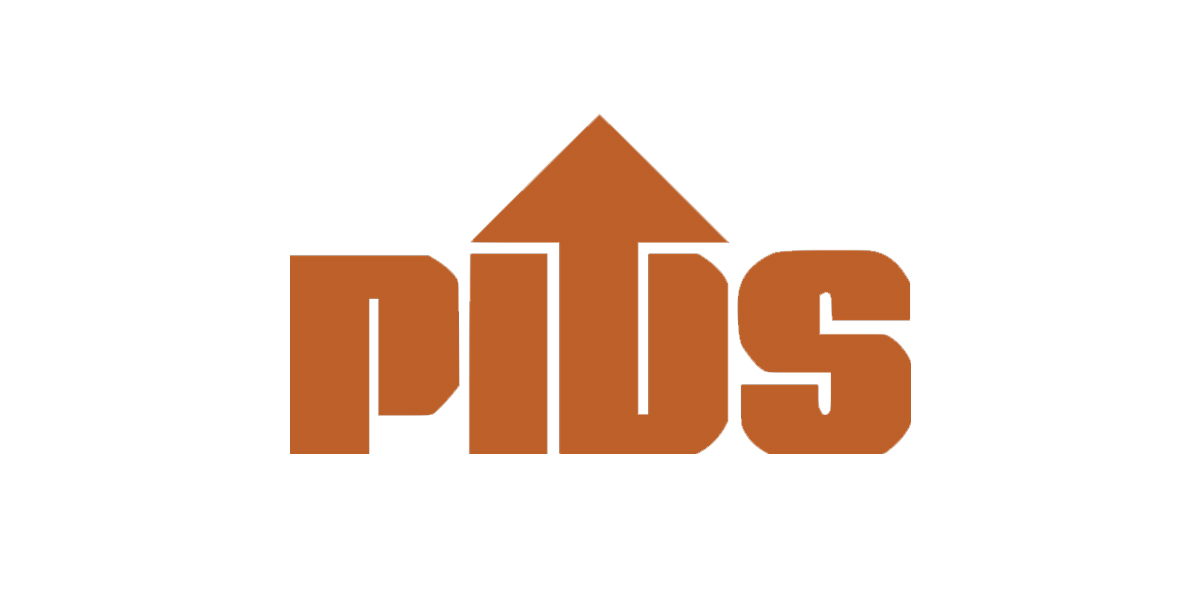By Noel Galon de Leon
It’s confusing and disappointing to see that there seems to be no National Arts Month 2025 celebration in Iloilo. The silence from the local government unit, as well as institutions such as the Iloilo Festivals Foundation, Inc. (IFFI) and the Iloilo City Local Culture and Arts Council, raises critical questions about the city’s commitment to cultural development. Could this neglect be attributed to the political distractions of an election season, or does it signal a more concerning disregard for the arts?
This omission is particularly troubling given past aspirations to establish Iloilo as a leading arts capital. If such a vision is to be realized, how can the city overlook even the most fundamental observance of artistic and cultural expression? A city that seeks to champion the arts must demonstrate its commitment not only through grand proclamations but also through consistent institutional support, adequate funding, and the deliberate cultivation of a thriving creative ecosystem. The absence of even a modest National Arts Month celebration casts doubt on the sincerity of these ambitions and, more importantly, on the value placed on the arts within the broader socio-political landscape of Iloilo.
Some may argue that Iloilo has previously hosted arts-related events, but my concern is not about isolated activities. Rather, I am referring to the observance of National Arts Month as established by Proclamation No. 683, signed by President Corazon C. Aquino on January 28, 1991. This proclamation designates February as National Arts Month, recognizing the contributions of artists and cultural workers to the nation’s heritage and identity. The celebration is meant to include a variety of artistic disciplines, visual arts, music, theater, dance, literature, film, and architecture, through programs, workshops, and performances nationwide. Yet in Iloilo, there is an unsettling silence. Even the official Facebook page of the city’s mayor appears to have no announcements regarding any preparations for this significant occasion.
Why does this matter? In truth, it should not concern only a select few, it should matter to all of us. National Arts Month is more than a commemorative event; it is a crucial recognition of the role of the arts in shaping our national consciousness. It provides local artists a platform to showcase their work and ensures that the country’s creative traditions are passed down to future generations. Above all, it reaffirms that the arts are not mere embellishments but fundamental pillars of national development.
At a time of rapid cultural and technological change, we cannot afford to neglect the arts’ role in preserving history and fostering critical thought. This is why the silence surrounding National Arts Month in Iloilo is deeply troubling, particularly in light of the recent passing of one of the city’s most distinguished visual artists, Art Geroche.
Geroche was a legendary historical and cultural painter whose works vividly depicted the history and identity of Western Visayas. His contemporaries regard his art as a defining element of the golden age of Filipino illustration. Kristoffer Brasileño sees Geroche’s work as attestation to this era, while Mark Java highlights his prolific contributions to newspapers, magazines, and books. Even in his final days, Geroche remained dedicated to mentoring young artists at Thrive Art Gallery, an independent art space committed to equitable recognition for artists regardless of background.
If there were ever a fitting moment to celebrate Geroche’s artistic excellence and legacy, it would be now. Yet there has been little collective action to honor his contributions, a recognition that would not only pay tribute to his life’s work but also introduce new generations to his influence on Iloilo’s artistic landscape. If we truly value the arts, why have we failed to make one of its most devoted practitioners the focal point of this year’s celebration?
Beyond Geroche’s passing, National Arts Month should have been an opportunity to assess the development of the art scene in Western Visayas, particularly in Iloilo City. The absence of government-sponsored art talks or workshops is disappointing, though the opening of new exhibitions by several galleries at least provides spaces for those interested in the arts. However, relying solely on private institutions and independent initiatives to sustain Iloilo’s artistic community is unsustainable. Without government recognition and support, local artists struggle to gain visibility and resources to develop their craft.
The significance of National Arts Month is especially pronounced for artists from the regions. It provides a national platform for them to showcase their work, which is often overshadowed by cultural production centered in Metro Manila. National Arts Month amplifies the histories, aesthetics, and creative expressions of different regions, highlighting the richness and diversity of Philippine national culture.
For regional artists, this celebration is more than an opportunity to present their works, it is a space for forging stronger connections within the broader artistic community. Through programs, exhibitions, and workshops, artists, scholars, and audiences from across the country engage in dialogue, fostering creative exchange and strengthening artistic networks. More importantly, National Arts Month represents a form of cultural justice. Art should not be confined to institutions that have long enjoyed access to funding and representation. By centering the work of regional artists, this celebration challenges cultural hegemony and moves toward a more inclusive and equitable artistic ecosystem in the Philippines.
If government agencies in Iloilo continue to neglect and deprioritize Arts Month each year, the implications will be profound and far-reaching, not only for artists but for society as a whole. First, failing to celebrate National Arts Month reflects a lack of recognition for the role of the arts in shaping national identity and history. When artists, especially those from the regions, are not given due emphasis, their contributions are marginalized, reinforcing the notion that art is peripheral rather than central to cultural and social development.
Second, the absence of official celebrations weakens institutional support for artists and the arts as a profession. Without adequate recognition and investment, artists find it increasingly difficult to secure exhibition spaces, funding, and wider audiences. This neglect not only stifles artistic growth but also discourages public engagement with the arts, particularly among younger generations who may see it as an unsustainable career.
Third, the failure to observe National Arts Month perpetuates an overly centralized perspective on art, in which cultural value is concentrated in a few urban centers while regional artistic expressions remain marginalized. This deprives the public of the opportunity to explore and appreciate the diverse artistic traditions across the country, ultimately leading to cultural homogenization rather than the celebration of a truly pluralistic identity.
The disregard for National Arts Month reveals a deeper issue, the persistent marginalization of the arts in society. Art is not merely a form of entertainment or decoration; it is a powerful means of understanding our history, expressing our aspirations, and shaping our collective future. Neglecting its celebration is an act of disregard toward a fundamental aspect of our national consciousness and cultural identity. Iloilo must not allow its vision of becoming an arts capital to fade into empty rhetoric. If we claim to value the arts, we must prove it, not through words alone, but through deliberate action and committed institutional support.
***
Noel Galon de Leon is a writer and educator at University of the Philippines Visayas, where he teaches in both the Division of Professional Education and U.P. High School in Iloilo. He serves as an Executive Council Member of the National Commission for Culture and the Arts-National Committee on Literary Arts.






